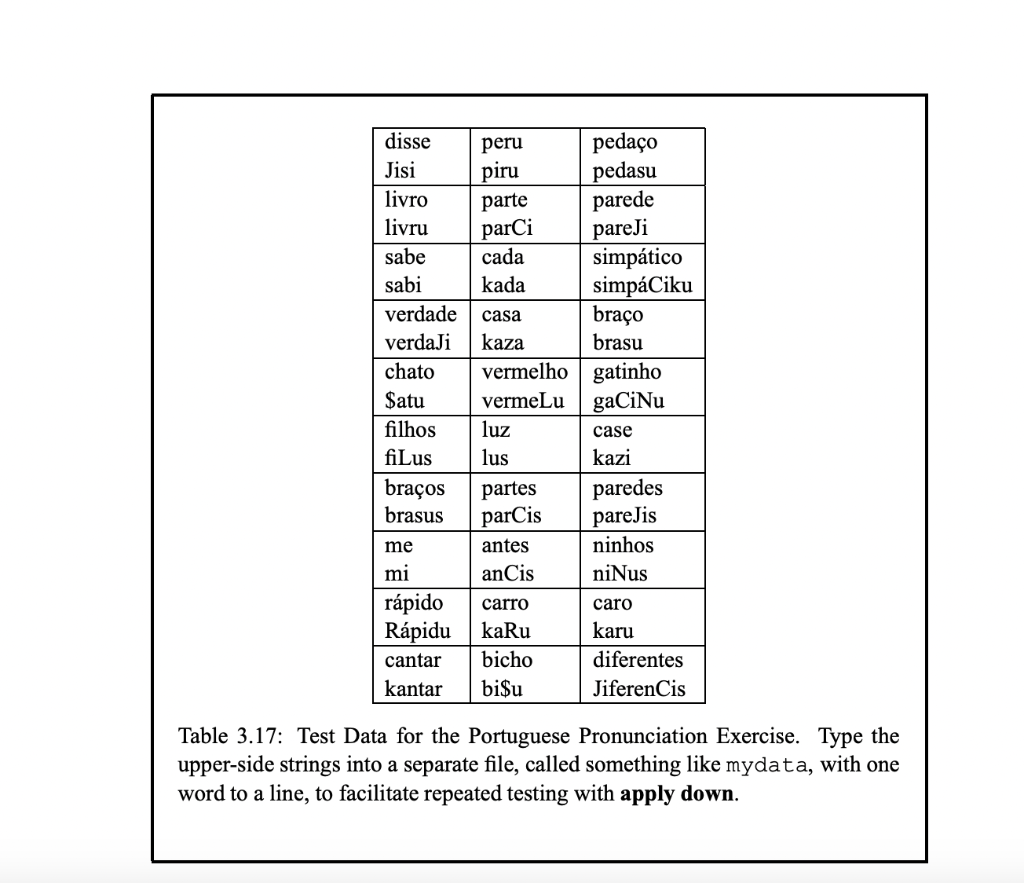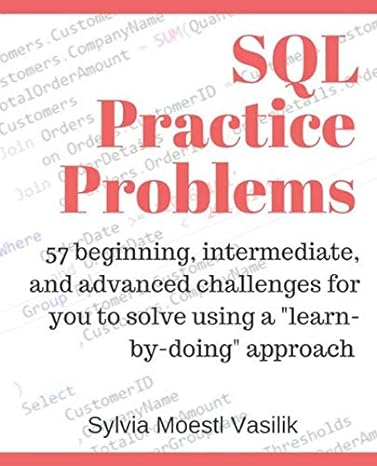Question
involving the definition of a lexicon relation and a rule-based relation that are then composed together. Some Preliminaries Recall that in regular expressions, strings of
involving the definition of a lexicon relation and a rule-based relation that are then composed together. Some Preliminaries Recall that in regular expressions, strings of characters written together such as dog are treated as single symbols called multicharacter symbols. By Xerox convention, we use multicharactersymbolssuch as +Verb, +Noun, +Sg (singular), and +Pl (plural) (or [Noun], [Verb], etc.) in our networks to convey part-of-speech and other featural information. The punctuation marks included by Xerox convention in the spelling of the multicharacter symbols make
the output more readable, but because the plus sign and square brackets (and, indeed, almost all the punctuation characters) are special characters in regular expressions, we need to literalize them with a preceding percent sign, e.g. %+Noun or %[Noun%], or by placing the entire multicharacter symbol in double quotes, e.g. "+Noun" or "[Noun]". Recall also that the crossproduct operator in expressions such as [Y .x. Z] designates the relation wherein Y is the upper-side language, Z is the lower-side language, and each string in each language is related to all the strings in the other language. Similarly, the colon operator as in a:b denotes crossproduct, but it has higher precedence than .x. and higher precedence than concatenation. The expression [%+Noun:0], which is equivalent to [%+Noun .x. 0] therefore denotes the relation that has the single symbol +Noun on the upper side and the empty string on the lower side. The expression [%+Pl: il ], equivalent to [%+Pl .x. [ i l ]], denotes the relation that has the single symbol +Pl on the upper side and the concatenation [i l] on the lower side. You will need to use such notations in this exercise. Be aware that multicharacter symbols cannot appear inside curly braces.

Step by Step Solution
There are 3 Steps involved in it
Step: 1

Get Instant Access to Expert-Tailored Solutions
See step-by-step solutions with expert insights and AI powered tools for academic success
Step: 2

Step: 3

Ace Your Homework with AI
Get the answers you need in no time with our AI-driven, step-by-step assistance
Get Started


